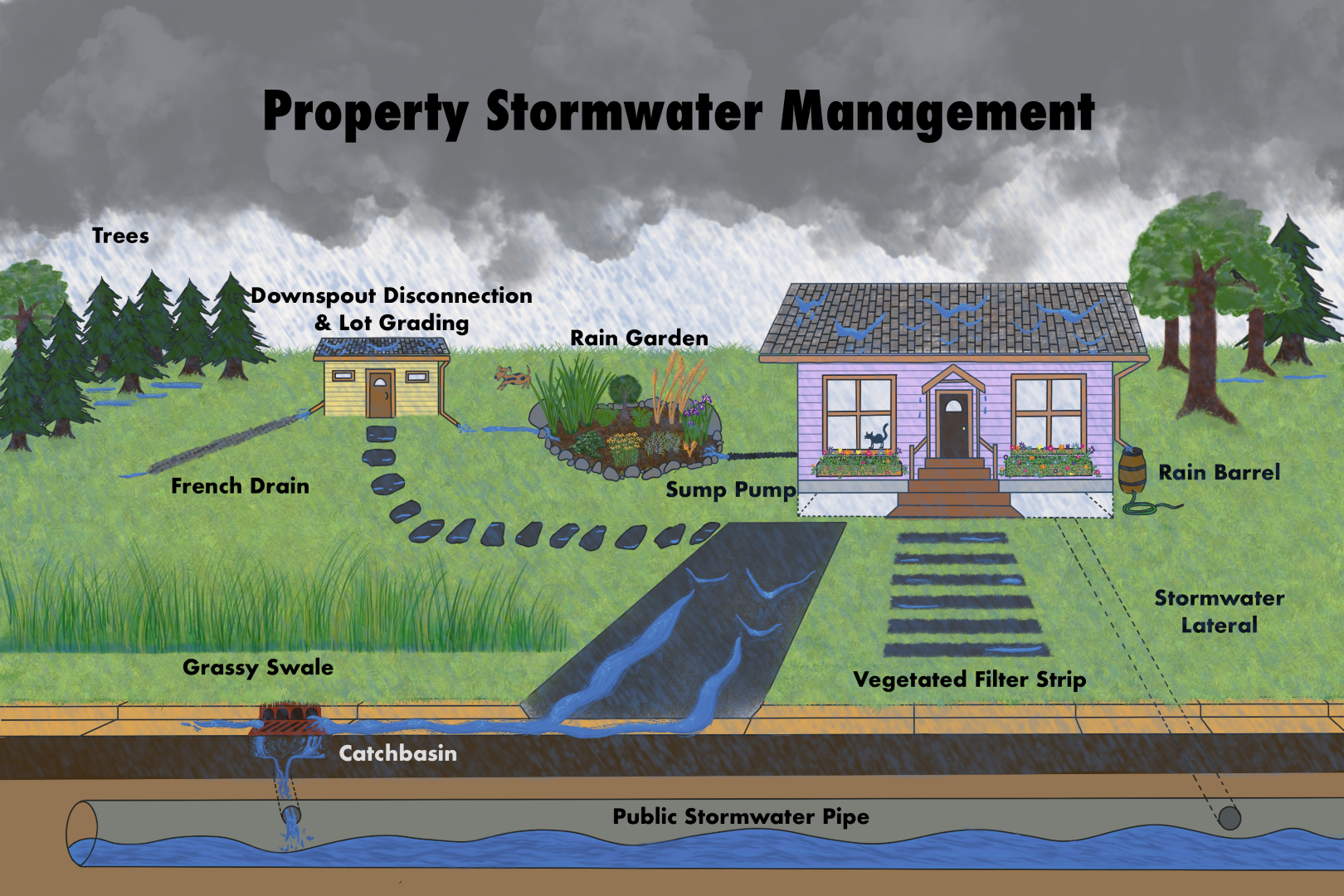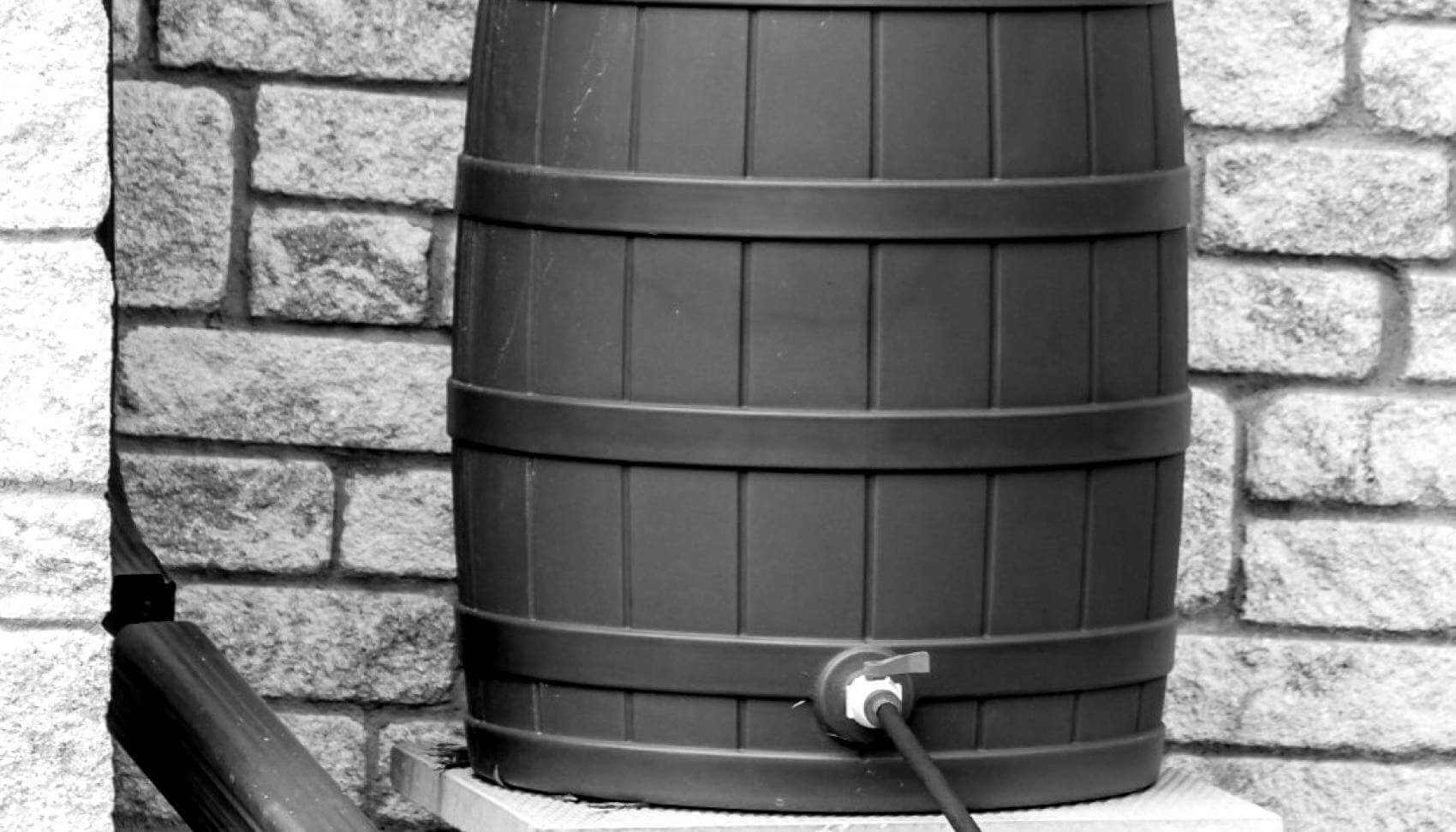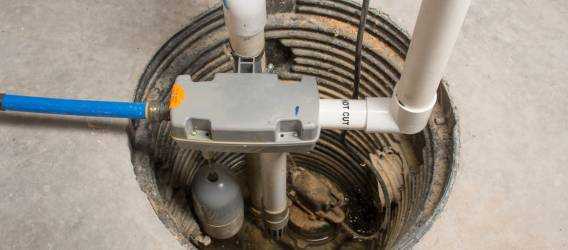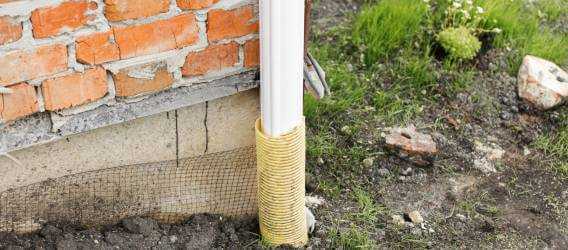Urbanization has replaced forests and meadows with buildings and pavement. Keeping rain closer to where it falls and allowing it to be absorbed into the ground reduces stormwater runoff from roofs, driveways, and parking lots, improving downstream water quality and decreasing the potential for flooding.
Read on to learn the many benefits of properly managing stormwater and what you can do on your own property.
Property Stormwater Management
Stormwater management practices are used to reduce the negative impact of stormwater runoff quantity and quality. The practices can be divided into two categories:
🌲Green Infrastructure
- Using vegetation, soil, and other natural elements to mimic natural processes.
- Vegetation slows the flow of stormwater, allowing for evaporation back into the atmosphere, absorption into leaves, bark, roots, and filtration of sediment and nutrients that could harm receiving waters.
⛏Grey Infrastructure
- Traditional, manufactured solutions, commonly made of concrete or other hard materials.
The initial flow of stormwater runoff in a wet weather event carries the highest concentration of sediment washed from impervious surfaces such as roofs and driveways. By retaining this initial flush of stormwater, the concentration of sediment and nutrients being transported is reduced, improving downstream water quality. Retaining stormwater where it falls also improves flood resilience, which is a growing concern as storm severity increases with climate change. Efforts to reduce runoff are especially important in urban and suburban areas where impervious surfaces, such as pavement and roofs can generate more than 5 times the runoff than a similarly sized woodland area. US EPA Protecting Water Quality from Urban Runoff

- A simple way to take advantage of stormwater for watering plants, washing cars, or other non-potable water uses.
- Not only is this an environmentally friendly practice, but it could also save money on your water bill.
- Remember, rain barrels need to be disconnected in the winter to avoid freezing.
- For more information on rain barrels see StormwaterManagementWorkbook_2016.pdf (ecologyaction.ca) from the Ecology Action Centre or Drop_on_Water_English.pdf (novascotia.ca) from The Province of Nova Scotia.
- A beautiful and green way to manage stormwater. The soil absorbs and filters sediment, while the plants use the water and nutrients.
- A rain garden is typically bowl shaped to collect stormwater and uses a combination of sand/gravel, well-drained soil, and plants that can endure moist and dry conditions.
- Using native plants is a great choice because they are better adapted to surviving local conditions.
- For more information on creating a rain garden and choosing plants see StormwaterManagementWorkbook_2016.pdf (ecologyaction.ca) from Ecology Action Centre or Gardening to Conserve Maine's Native Landscape: Plants to Use and Plants to Avoid (umaine.edu) from the University of Maine.
- Trees intercept rain, provide absorption, and contribute organic matter that can help regulate soil conditions and provide natural filtration to improve stormwater quality.
- Before planting a tree consider if:
- There is enough room on your property to support the full lifespan of the tree
- The tree will be planted in a safe location away from underground infrastructure such as water/wastewater/stormwater laterals, natural gas, foundations, etc.
- The species of tree can endure local moisture conditions and fluctuations in your local climate
- Halifax Tree Project has useful information in their blog series called So, You Want To Plant A Tree! and What Kind of Tree Should I Choose?
- Pervious areas, such as lawns and gardens, allow rainwater to be absorbed into the ground. Contrarily, impervious areas, such as rooftops, asphalt, compact soil, and concrete, do not absorb water and create runoff.
- Pervious area on your property can aid in stormwater drainage, minimizing the risk of ponding and overland flooding.
- A swale is a shallow or sunken channel that is wet and marshy during rainy seasons. Grass and sedge tend to thrive in these dampened areas. Adding native grasses and sedges to your swales contributes functional and aesthetic elements to your property.
- Technologies such as pervious asphalt and concrete can be used to manage stormwater runoff where it is impractical to have natural drainage, such as driveways, parking lots, etc.
- Vegetated filter strips are bands of dense vegetation along hard surfaces, such as driveways, where runoff can be slowed, absorbed, and filtered of sediment and pollutants.
- Make sure your downspouts drain away from your foundation. If possible, build up the ground around your property so that water drains away from basement walls.
- Downspouts should be directed 2 metres away and downgrade from foundations.
- Strategically grading the lawn and creating contours can help slow down the movement of water, allowing more time for absorption.
- Properties may be able to connect a dedicated stormwater lateral in areas where there is a stormwater pipe in the street. The stormwater laterals can be used to discharge sump pumps, foundation drains, area drains, French drains, or interior perimeter drains.
- Typically used to manage stormwater that is entering basements. The best place for a sump pump to discharge is to a grassy area, swale, French drain, or rain garden; never discharge to the wastewater system.
- A trench, typically containing a perforated pipe, gravel, and lined with geotextile fabric allowing for the infiltration and transmission of stormwater to lower lying areas, allowing the ground surface to be free for other uses.
- Collects runoff from private property and discharges to a nearby waterway.
- Stormwater pipes are designed to carry stormwater to nearby lakes, streams, or the harbour.
- To find out if there is a stormwater pipe on your street contact Halifax Water.
Stormwater Management Roles and Responsibilities
To find the best solution for managing stormwater, it is necessary to know who is responsible for what. This includes who can regulate a specific activity at a particular location.
For example, the Halifax Water Regulations govern what can be connected to the wastewater and stormwater system. They state that stormwater is not allowed to enter the wastewater system. It is the responsibility of Halifax Water and the community to make sure we are all following these regulations to protect our environment from harmful wastewater overflows.
- Responsible for the efficient flow of stormwater through the stormwater system including maintenance and renewal.
- The stormwater system includes:
- Ditches
- Culverts
- Catchbasins
- Retention ponds
- Other Halifax Water stormwater assets
- Responsible for travel surfaces on roadways, roadway shoulders, and curb and gutters, including snow removal from ditches and damages incurred during snow removal.
- Clearing snow, ice and debris from the surface of catchbasins, as part of their street snow clearing.
- Protection of water resources including natural watercourses (streams, rivers, lakes)
- Issuing permits to construct for the installation of public stormwater systems.
- Stormwater flow across property, adjacent property boundary and stormwater management systems on individual properties.
- Private stormwater systems including downspouts, footing drains, private area drains, and erosion protection within privately-owned property.



